Prime vs Zoom Lens
Do you know that your lens choice actually has a much more significant influence on how your photos turn out than the camera you’re mounting them on?
Yep, that’s a fact! This is why the prime vs zoom lens debate never seems to end. The lens you’re shooting with is super important.
It influences the image quality but also it has a huge impact on how you creatively capture the scene in front of you.
You can express yourself photographically with your choice of lens. The merger between technique and creativity is largely established in this vital decision.
So, get ready to take a stand in the prime vs zoom lens discussion!
Let’s start with the basics and answer the question what is a prime and a zoom lens?
In need of help in buying your first camera? Check out How to Choose a Camera!
What is a Prime Lens?
A prime lens is also called a fixed lens and that says it all. It’s a lens with a fixed focal length.
This leads us, of course, to the next question, what is focal length? The focal length of a lens determines the field of view. Basically, how much of what you see in front of you will end up on your sensor.
In a prime lens, this is fixed. It is what it is and that leads to all sorts of features and consequences. Most of them are good, in my opinion, and some present you with a little challenge.
What is a Zoom Lens?
A zoom lens doesn’t have a fixed focal length. With a slide of the zoom ring on your lens, you can easily switch between different focal lengths.
Zoom lenses offer versatility. While standing in the same place, you can have a wide-angle view or bring the subject closer with the zoom. How much depends on the range of your zoom lens.
A zoom lens also has pros and cons, just like the prime lens. But let me be upfront about this, in the debate of prime vs zoom lens, I’m in the prime camp.
So, let’s continue our exploration of prime vs zoom lens with the pros and cons of a prime lens.
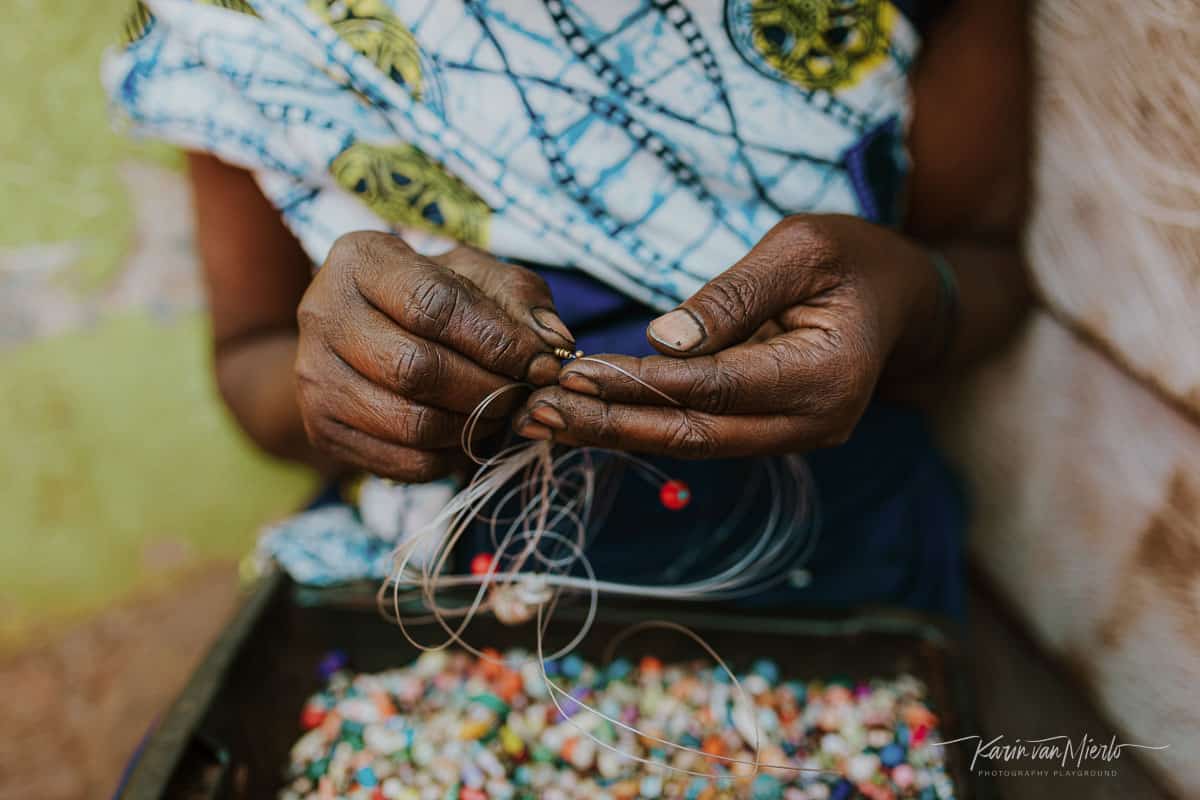
Canon 5D Mark III, Sigma Art 35mm, f1.4
PROS OF PRIMES
The Overall Quality is Better
Because a prime lens doesn’t need a lot of moving parts, like the zoom lens, the overall quality of the lens is better. And this leads to better image quality.
Images resulting from a prime lens are more detailed and sharper.
Blur the Background
One of my main reasons to cheer for the prime in the prime vs zoom lens debate is the possibility to create beautiful bokeh.
Because most prime lenses allow for wider apertures and by setting your aperture wide open, you create that creamy blurriness in the background.
Wanna find out all the ingredients that go into this creaminess? Read 4 Steps to Creating a Beautiful Blurry Bokeh Background.
Better in Low Light
Another result of a wider aperture is the possibility to shoot handheld in low-light situations.
Because your prime lens lets in way more light through the wider lens opening than a zoom lens, you don’t need to ruin your images with a harsh flash when the light situation is far from optimal.
By opening up your aperture you can still shoot with a fast enough shutter speed and get great image quality in low light.
Read Low Light Photography for more photography tips on shooting in limited light.
Expands Your Creativity
Having only one option in terms of field of view allows you or forces you – whichever way you like to look at it – to solve problems with what you have.
In other words, you learn to think of different approaches. If all you have is a 50mm prime you need to look for ways to make an interesting photo with that lens. It makes you more creative and you learn to think out of the box.
Somehow, exploring different points of view comes more naturally with a prime than with a zoom.
Check out Do You Think We See The Same? for more inspiration.
Makes You Active
In conjunction with the nudge to be creative and come up with different approaches, a prime lens wants you to be more active. If you want to get closer to your subject you’ll actively have to bridge the gap using your legs.
Being an active photographer automatically leads to being a more involved photographer.
It might seem far-fetched to you but shooting with a prime makes it easier for you to connect to your subject.
Reasonably Priced
Most prime lenses are more affordable than zoom lenses. You can purchase a good quality prime lens, like a 50mm full-frame for a few hundred euros.
This allows you to build up your collection of top-quality glass over time. Whenever you have a little money saved you can spend it on a lens.
Once you’ve invested in a quality prime lens it will be with you for years and years to come. You’re more likely in need of a new camera body than a new prime lens.
When I transitioned from analog to digital photography in 2006 I bought my first digital prime lens, a 135mm full-frame, and it’s still with me, I still use it, and it still delivers wonderful images, 16 years after I bought it.
Small & Lightweight
On a more practical note, prime lenses tend to be smaller and lighter than a zoom.
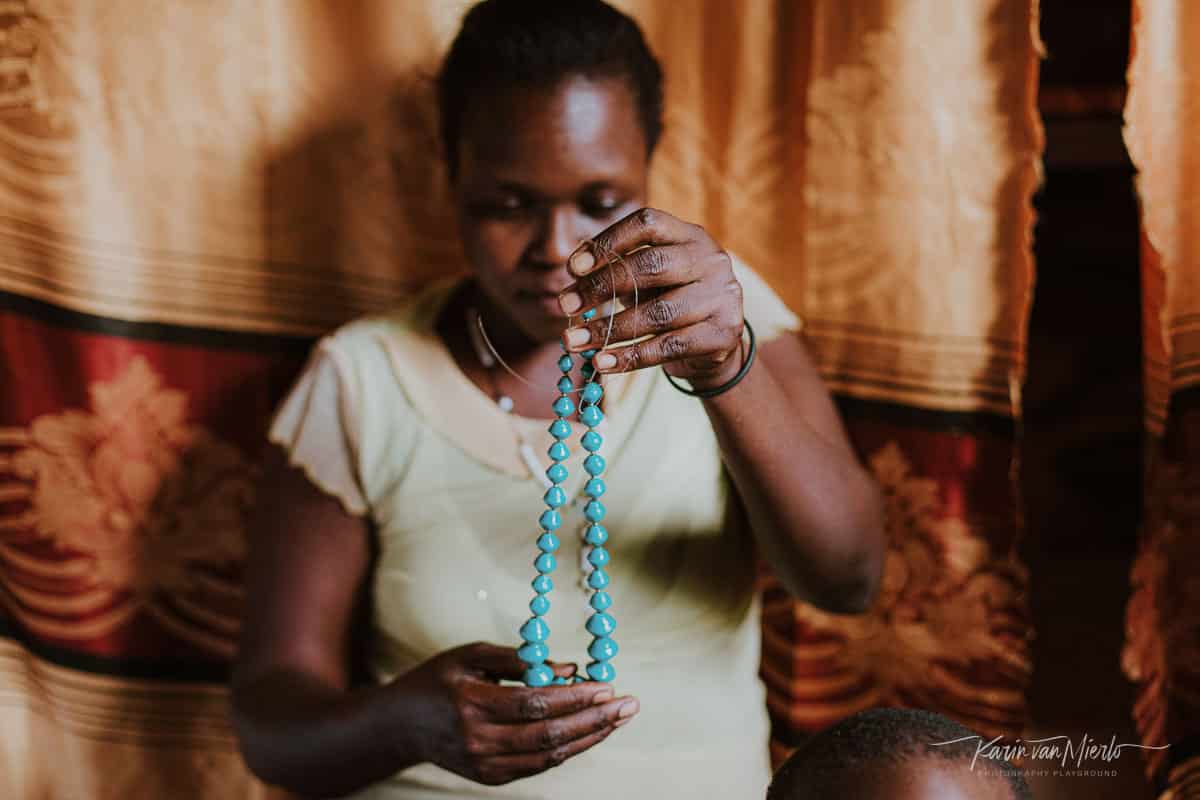
Canon 5D Mark III, Canon 50mm, f1.4
CONS OF PRIMES
More Than One
Although a single prime lens is smaller and lighter than a zoom, chances are you don’t want to limit yourself to one lens all the time.
This means you’re likely to have several prime lenses in your camera bag. So, in the end, you carry more weight with several primes than one zoom.
The thing is, of course, you do have a choice. You don’t need to bring all the primes with you on every photography outing. You can choose to bring just one or two to keep the load light.
Not for Every Situation
I can think of situations where it’s preferable to photograph with a zoom lens. Weddings come to mind. You really don’t want to miss the big moments because you were busy changing lenses.
Another one could be a challenging hike where you don’t want to carry a lot of weight in your camera bag. I did a hike once in Uganda and even though I’m a fervent prime shooter I brought my one and only zoom lens on that hike.
Hassle to Change Lenses
Changing lenses, especially if you need to do it regularly can be a hassle and could lead to missing moments. The solution is, of course, to have two cameras but I’m aware that that’s not an option for most photographers.
When I’m shooting reportage, for instance, I’ll bring my two cameras. My Canon DSLR with the 50mm full-frame and my mirrorless Fujifilm with 23mm cropped. This makes it effortless to switch from one focal length to the other.
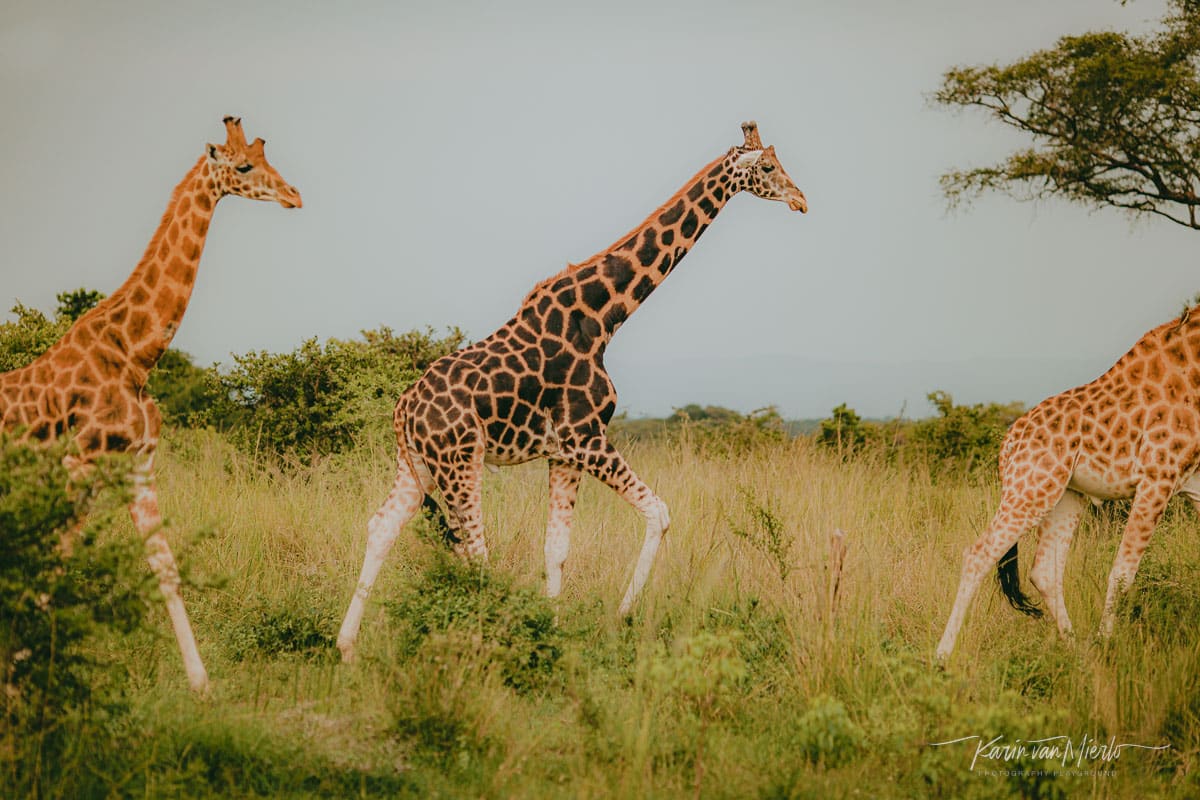
Canon 5D Mark III, Canon 135mm, f2
PROS OF ZOOMS
Versatile Out of the Box
What I mean by that is, that you can shoot images with different fields of view without moving a toe. All you need to do is give that zoom ring on your lens a little push and you have a different image.
A prime can be versatile as well but you need to bring the versatility in yourself by moving around.
Less Weight to Carry
You’ll have three or more different lenses in one lens. You’re likely good to go with just one single lens instead of a couple of different primes. So in the end, you’re carrying less weight.
Response Time is Quick
Because you don’t need to change lenses to get a different focal length, zoom lenses allow you to respond to unfolding situations quicker than a prime.
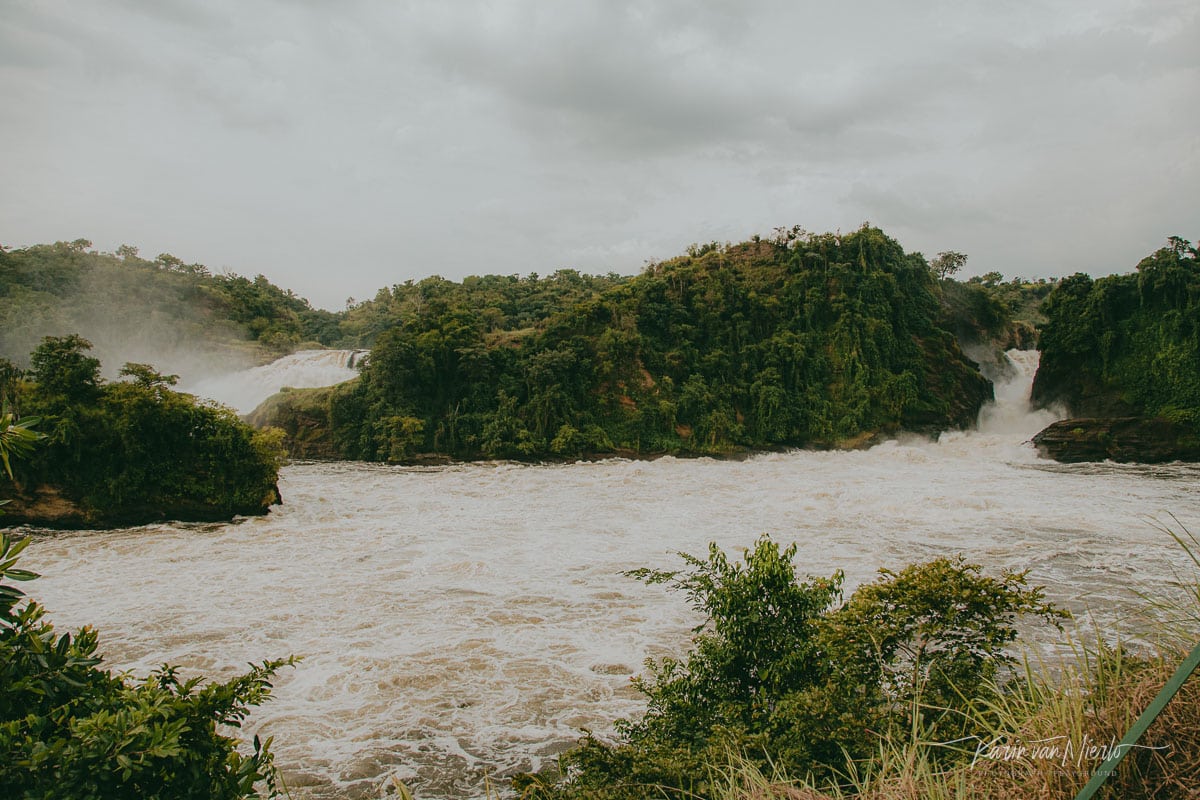
Canon 5D Mark III, Canon Zoom 24-105mm, f4, @24mm
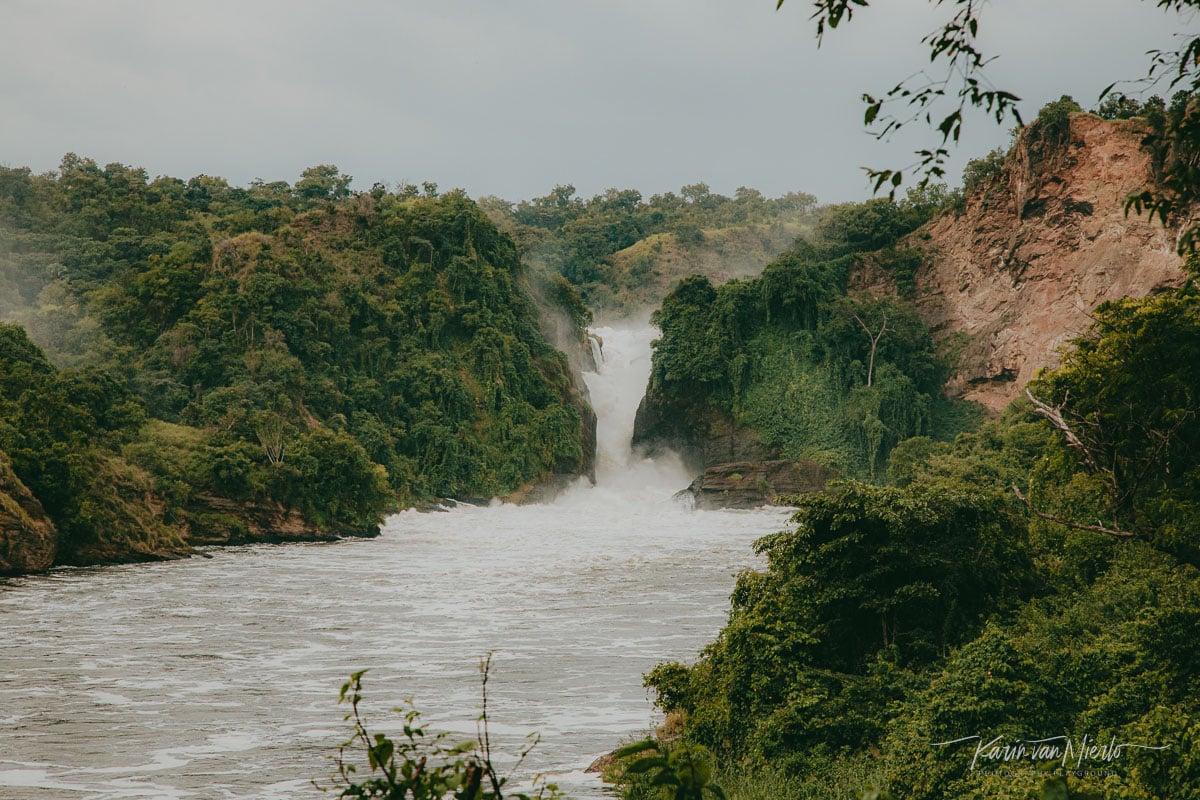
Canon 5D Mark III, Canon Zoom 24-105mm, f4, @105mm
CONS OF ZOOMS
Quality is Less
Because a zoom lens is a lot more complicated in terms of build than a prime, the quality of the images it produces is lower. All the moving parts find space in the lens at the expense of features that find ample room in a prime, like wider apertures.
The images my zoom lens produces are a little fuzzier, not as sharp and detailed as the images shot with one of my primes.
You simply trade in quality for versatility.
Limited in Blurring the Background
Another result of the way a zoom lens is constructed is a limited capacity for creating images with a shallow depth of field.
The aperture will not open wide enough to really blur the background in an epic way.
The wide openings like f1.4 are simply not available in a zoom lens.
There are developments in this field but for the regular consumer, it will take years before you’ll be able to purchase a reasonably priced zoom lens with an aperture of f1.2 if that will ever happen at all.
Limited in Low Light
And, coming from the same origin, a zoom lens performs less in low light. Because you guessed it, the smaller lens opening lets in less light.
As a result, you’ll need to crank up your ISO, shoot with a flash, or select a slow shutter speed to still get well-exposed images.
Makes You Lazy
Where the prime lens entices you to be a dynamic photographer, it’s easy to be a static and therefore lazy photographer when you have a zoom lens mounted on your camera.
Simply because there’s actually no need to get physically closer to your subject. You can stay where you are and bring the subject to you. I believe this makes you less inventive and connected.
More Expensive
The first investment of one zoom lens is higher than the first money you spend on a prime lens. Especially if you’re looking at high quality zoom lenses this can be a hefty investment.
Of course, with the prime, you’re likely looking at investing more in the end if you’re buying several lenses. But that’s a number you can spread out over several years.
Big & Heavy Lens
Yep, you can make do with one lens in a lot of situations but that one lens is big and heavy. And you need to carry it around all the time attached to your camera.
Final Thoughts
There you have it, all the pros and cons of the prime vs zoom lens debate. Now you can confidently mingle in this discussion but more importantly, you can make an informed decision about what is most important for you!
No matter which way you go, I do advise you to step away from your kit lens as soon as possible.
When you bought your camera they almost gave you a zoom lens for free, remember? That’s the kit lens. And it is of poor quality.
So stash that one away in a cupboard far out of sight and buy yourself a good-quality lens. You’ll notice the difference!
Let us know in the comments which way you’re leaning. The variable focal length of a zoom or the wider maximum aperture of a prime?
Like these photography tips? Share it on Instagram and mention @photography_playground.

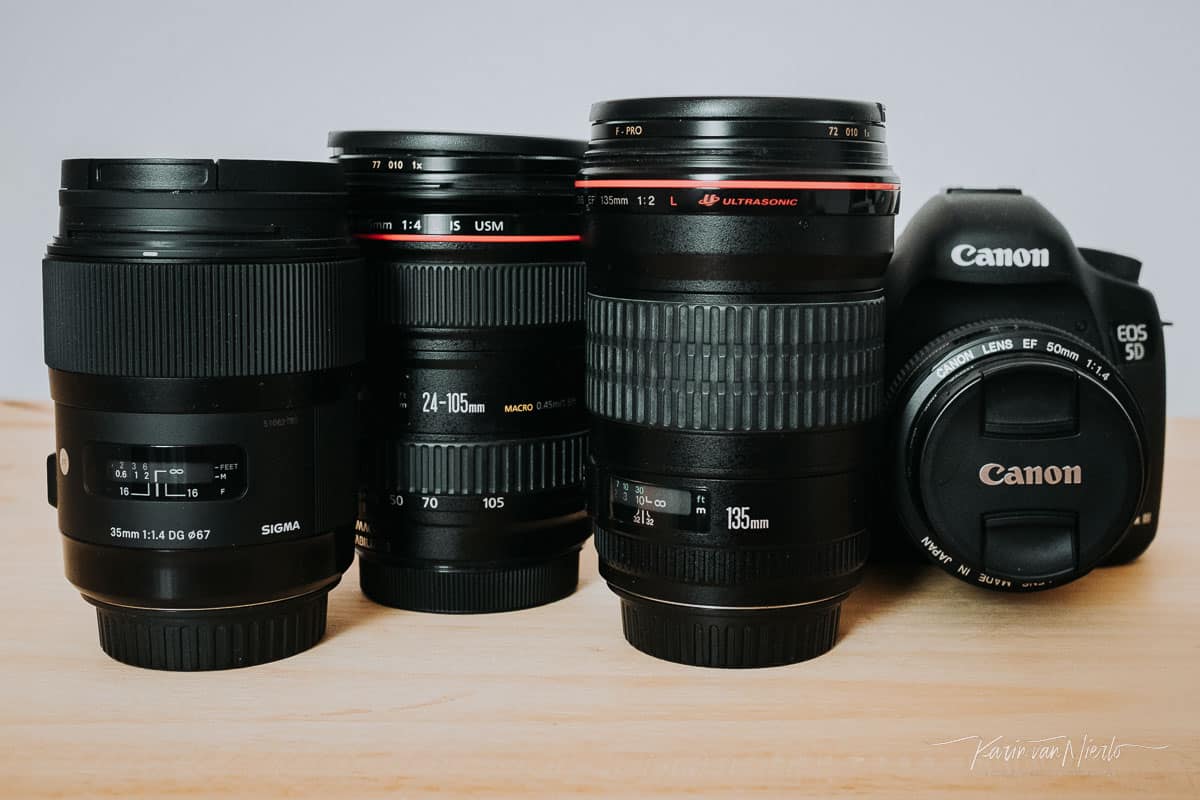
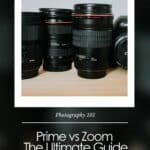
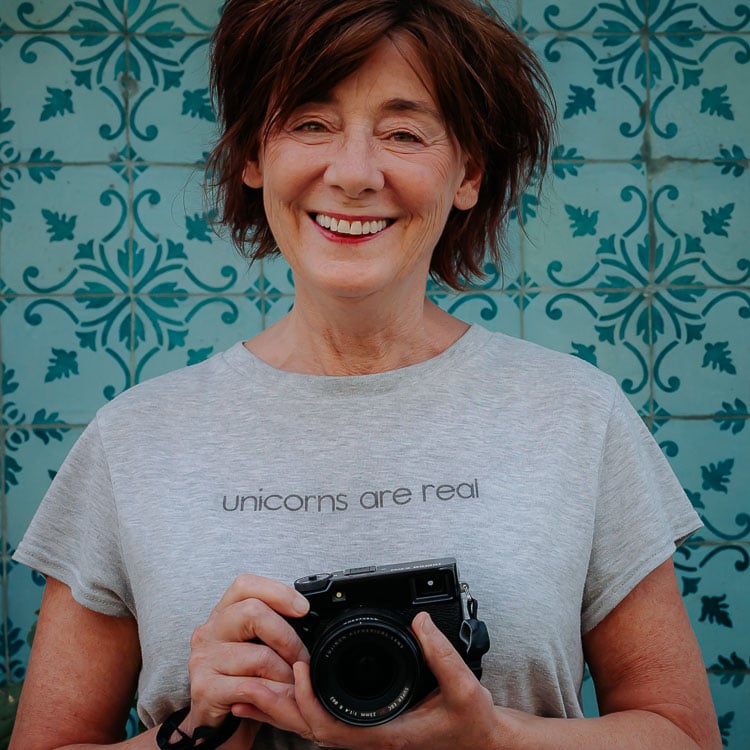






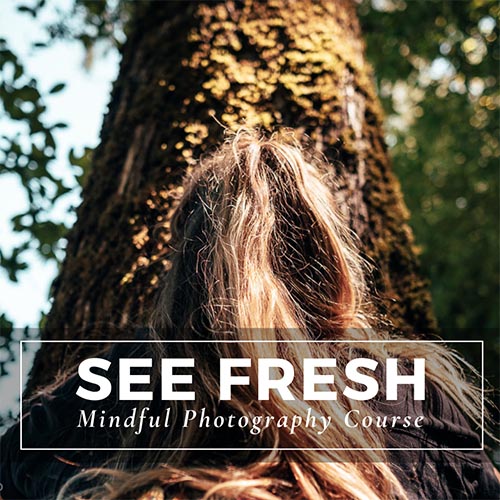
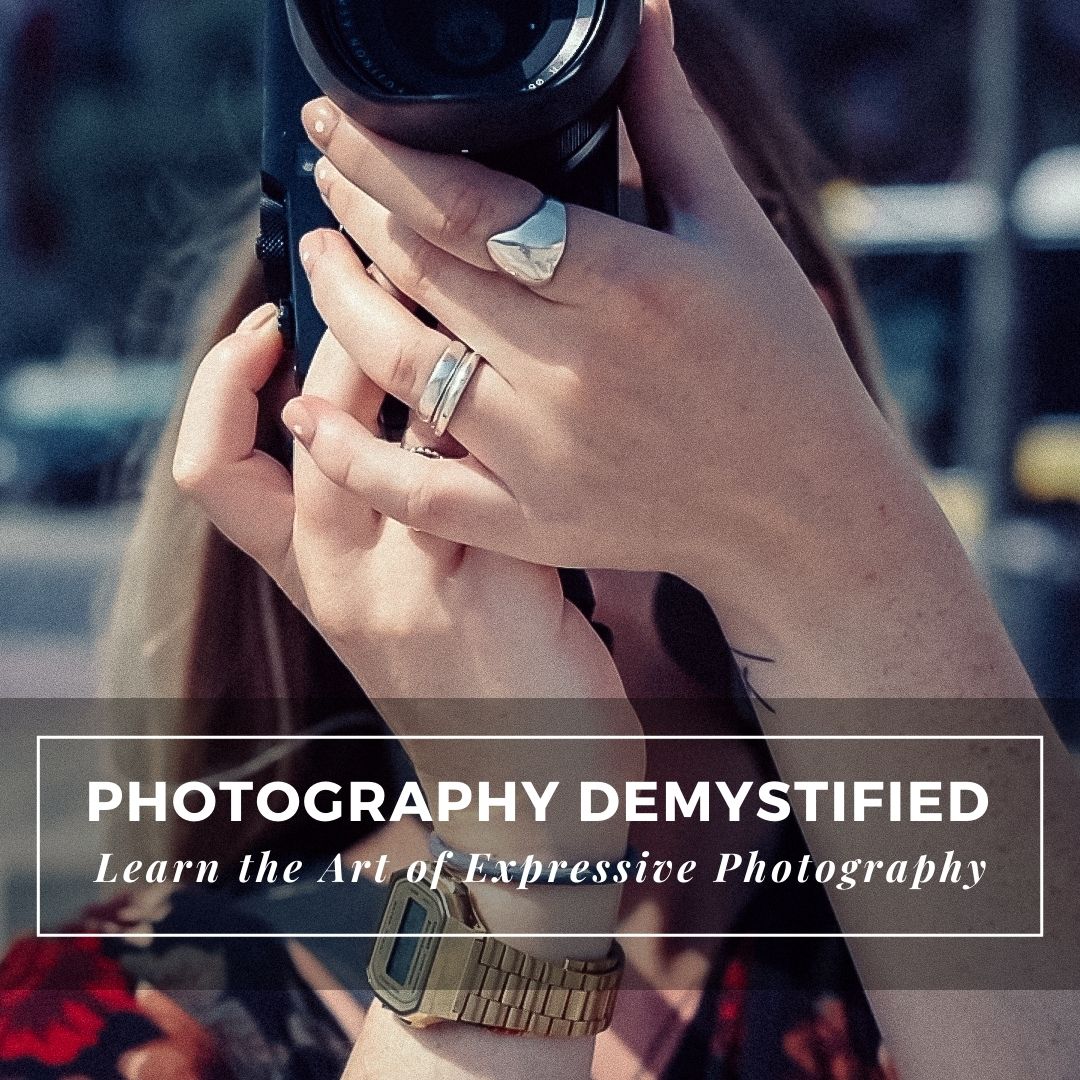

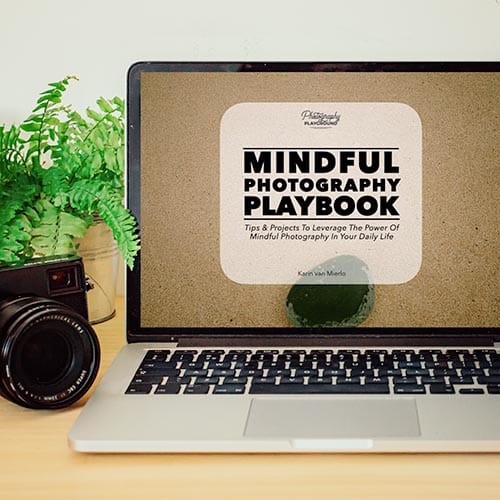
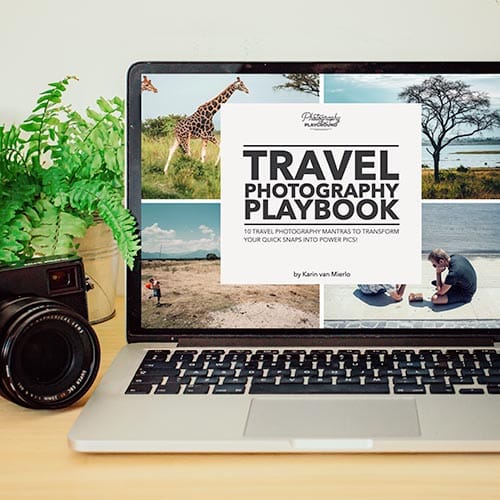


0 Comments